The idea of using a pressure washer to clean your pride and joy might raise some eyebrows. However, I was pleasantly surprised to find a way of washing our aeroplane quickly, whilst not risking paintwork or skin – and all without being anywhere near a wall socket or tap.
The situation will be familiar to many pilots. You’re up at the hangar emptying the water butt into a bucket, ready to sponge down the muddy wings and spats. Even worse, you’re probably doing it in winter when it’s three degrees outside and you left the Marigolds at home.
It’s never fun! Thanks to a random (but well targeted) suggestion generated by the Amazon app on my phone, I discovered a battery powered pressure washer in early 2019. Skip forward to Prime Day in July, I took the plunge and bought the Worx Hydroshot for £99.99 (down from £149.99).
The concept takes a 20 volt battery, interchangeable with other Worx products like drills, cutters and saws, and sticks it onto a small handheld pressure washer unit. The fact it is only small is actually an advantage in this case.
Water is supplied via a 10 metre hose fitted with a filter unit and float, meaning you can take water from virtually any source. The filter unit has a cover that can be removed, allowing you to attach it directly to a standard necked bottle.
Accessories come in the form of:
- A nozzle with five different settings (shower, 0°, 15°, 25° and 45°)
- Extension arm for the nozzle adding about 18in to overall length
- Brush attachment
- Foam/shampoo reservoir
- Collapsible bucket
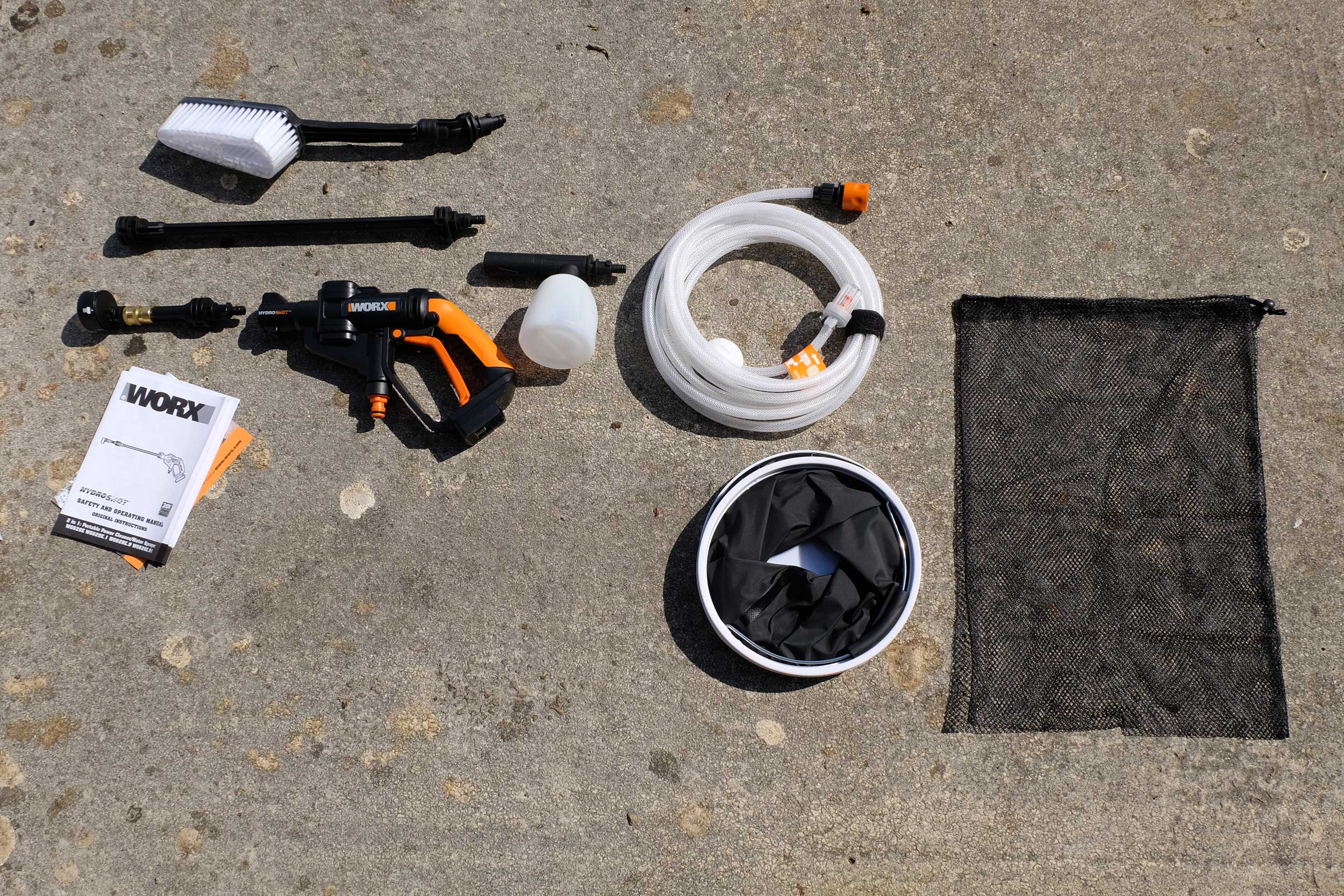
All the gear… It is a bit of a squeeze getting all the accessories into the net bag
I’d flown the aircraft and got it a little muddy the previous day, so decided to test the unit for the first time on a sunny Sunday.
Getting set-up is self-explanatory and easy for anybody who has used a pressure washer or hose before – I won’t waste any more time on that.
Battery charging is done at home in the case with the supplied charging cradle and there are LEDs to show battery discharge when you are using the Hydroshot.
I began with a 2.5 litre fabric conditioner bottle and managed a reasonable covering of the whole aircraft before I needed to top up. With a flow rate of 150 litres/hour (there is a high/low toggle button on the top of the unit), it actually does get through quite a lot of water, especially if you’re taking the time to blast off specific areas of mud, grass or flies.
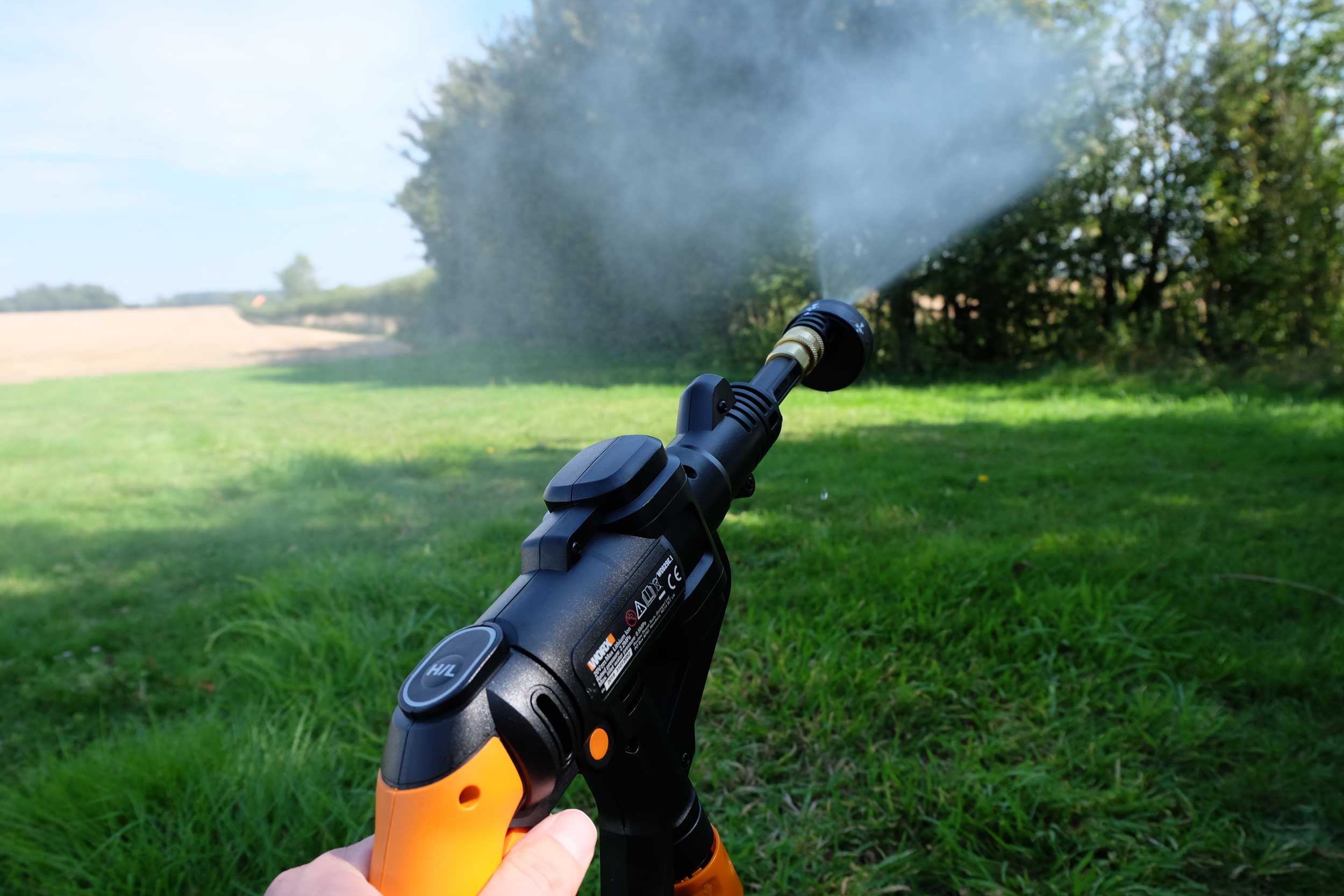
Low pressure setting good for soaking muddy areas
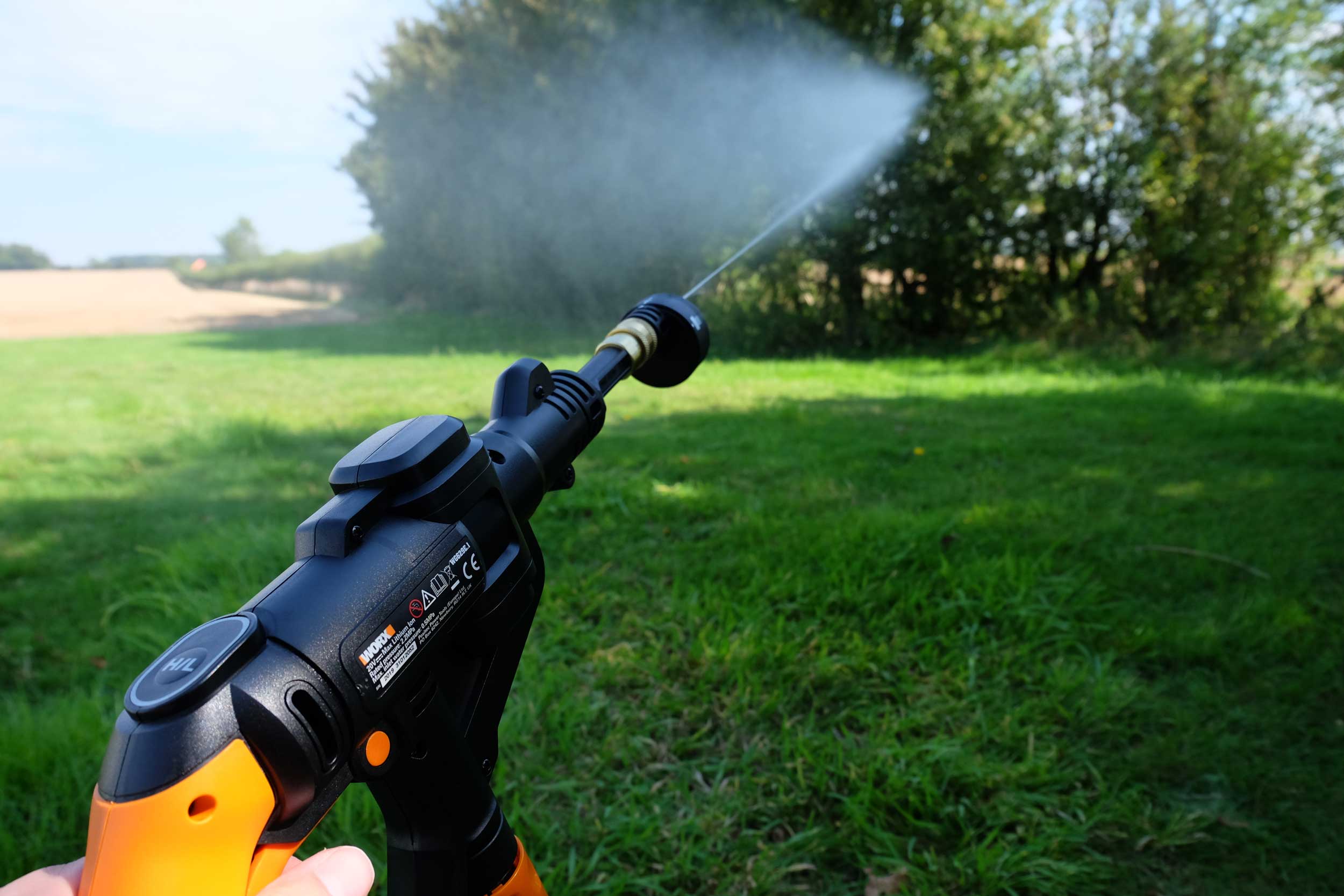
High pressure better used on areas like wheel spats
For wetting the aircraft prior to washing it by hand, the low flow rate coupled with the 15-45° settings is adequate.
I would be very reluctant to take a full blown pressure washer to any aircraft, so the fact that this is small, and relatively low-powered, is a definite bonus.
The 0° mode on high power is great for cleaning a muddy tailwheel assembly or undersides of the wheel spats. However, this is the only setting that I would urge caution on regarding paintwork and other delicate areas.
The low power setting didn’t look like it would do any damage to paint or skin.
Worx say that a full charge should get you around 30 minutes of high flow rate, so one charge should last you a few general washes.
Overall this really does fit the bill for washing an aircraft at a remote location with no mains water or electricity supply. It also gives me a good way to wash my car at home (no driveway or garage). The only downside to the Hydroshot is I now have to justify the purchase and keep the RV sparkly clean all year round! – Jonny Salmon
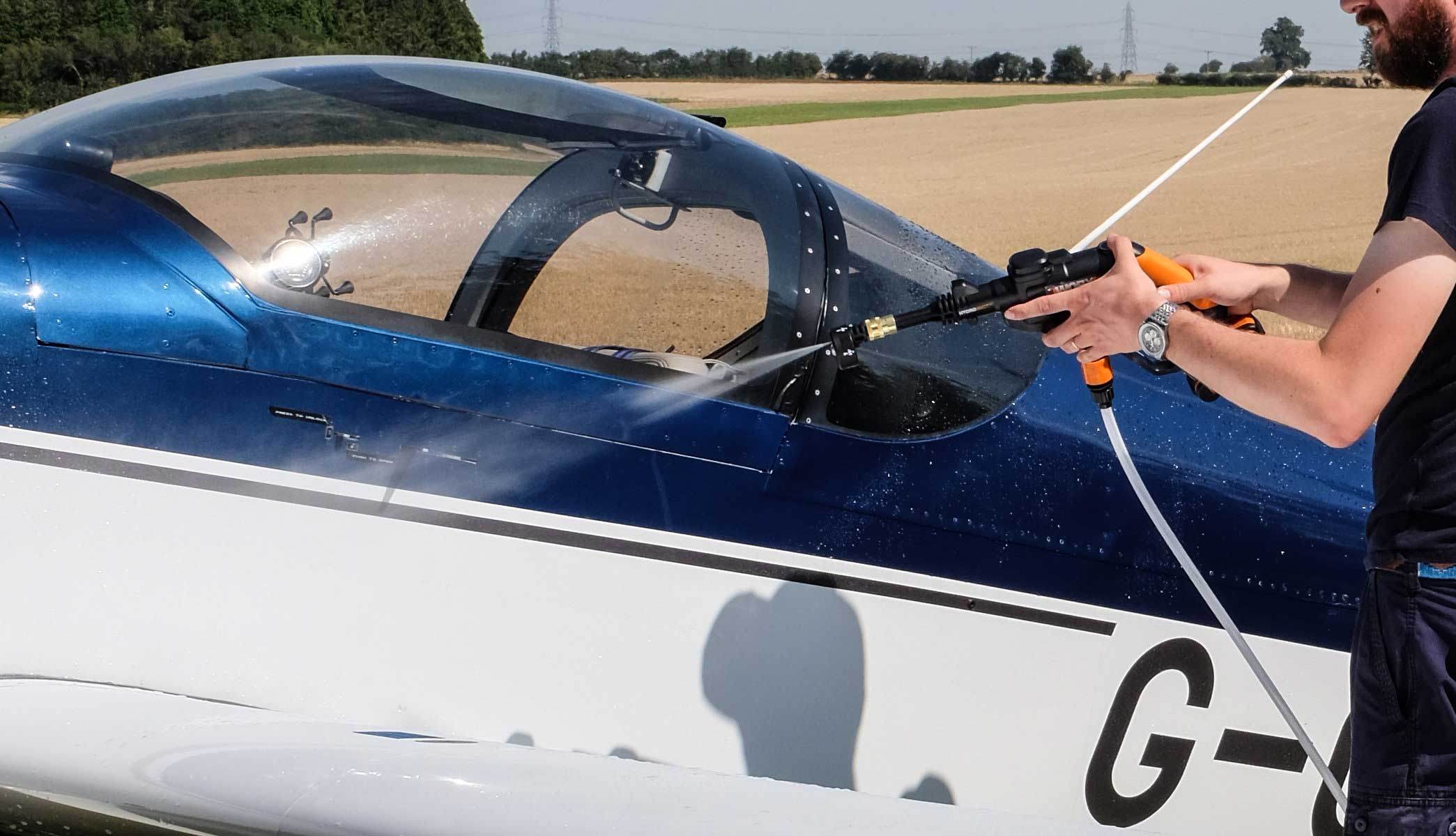






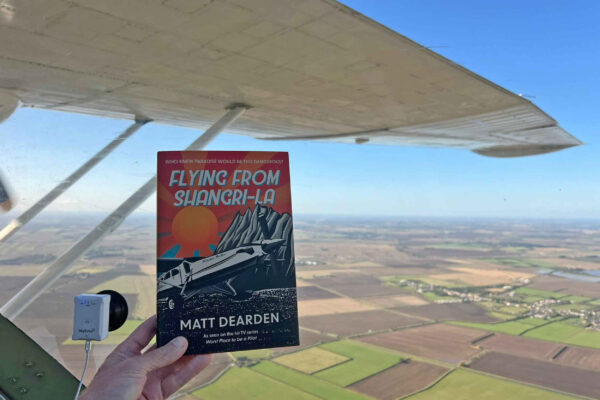
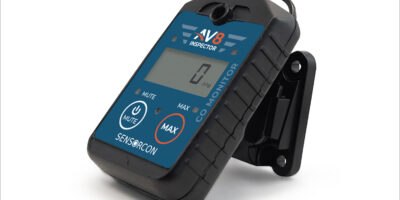
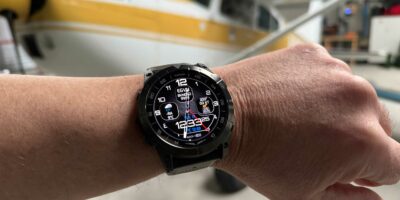
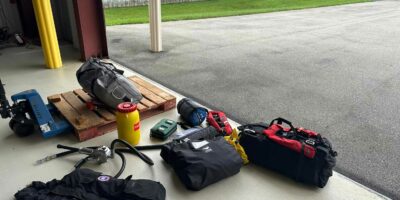

1 comment
Wonder how many engineers would use this on their own aeroplanes if they had one? My 40 year old aeroplane is not built quite like a modern car in terms of seals and joints. Not for me thanks!